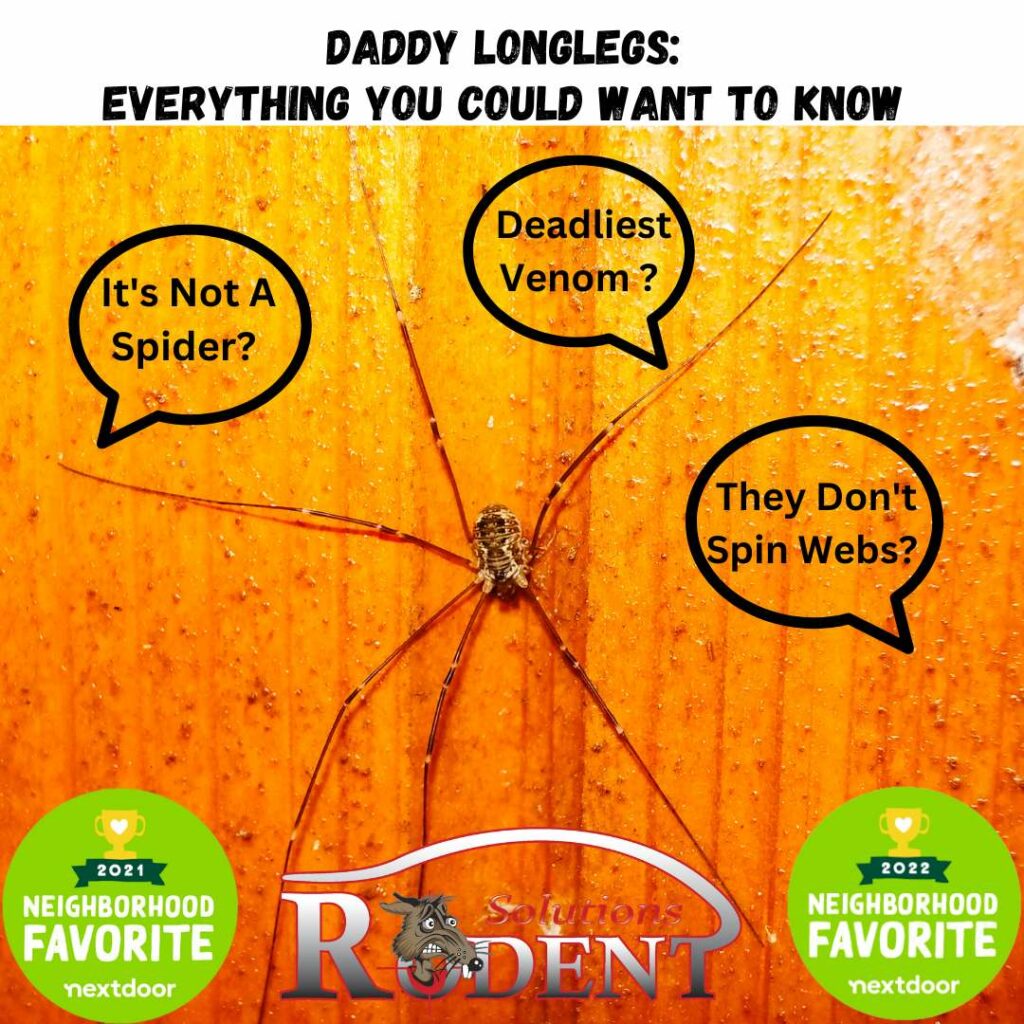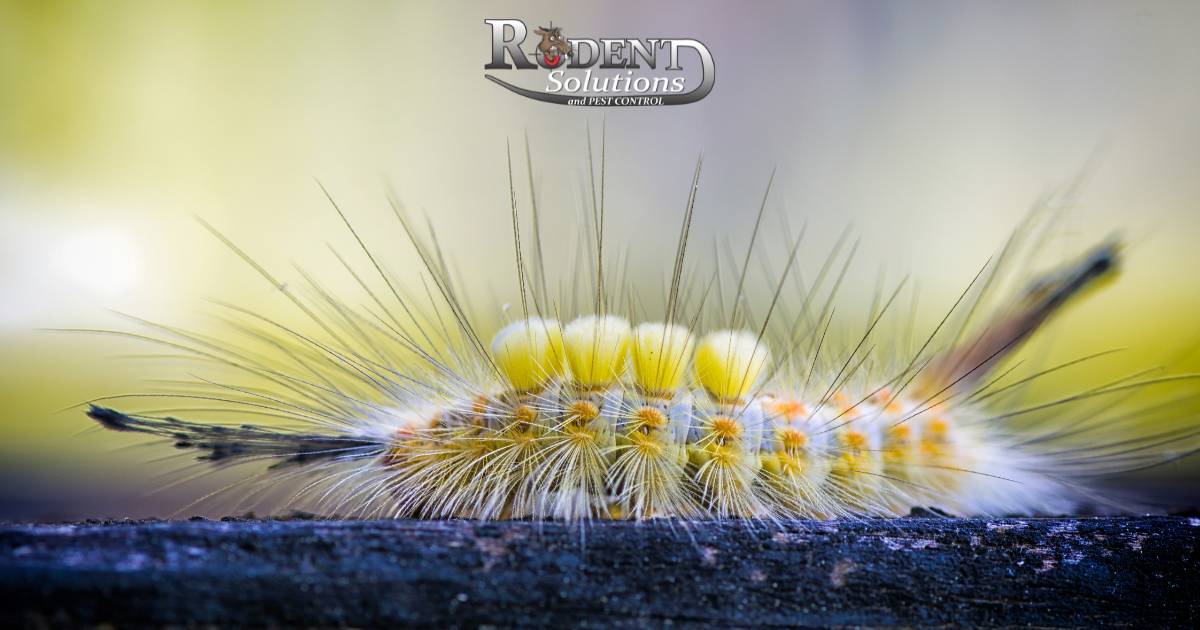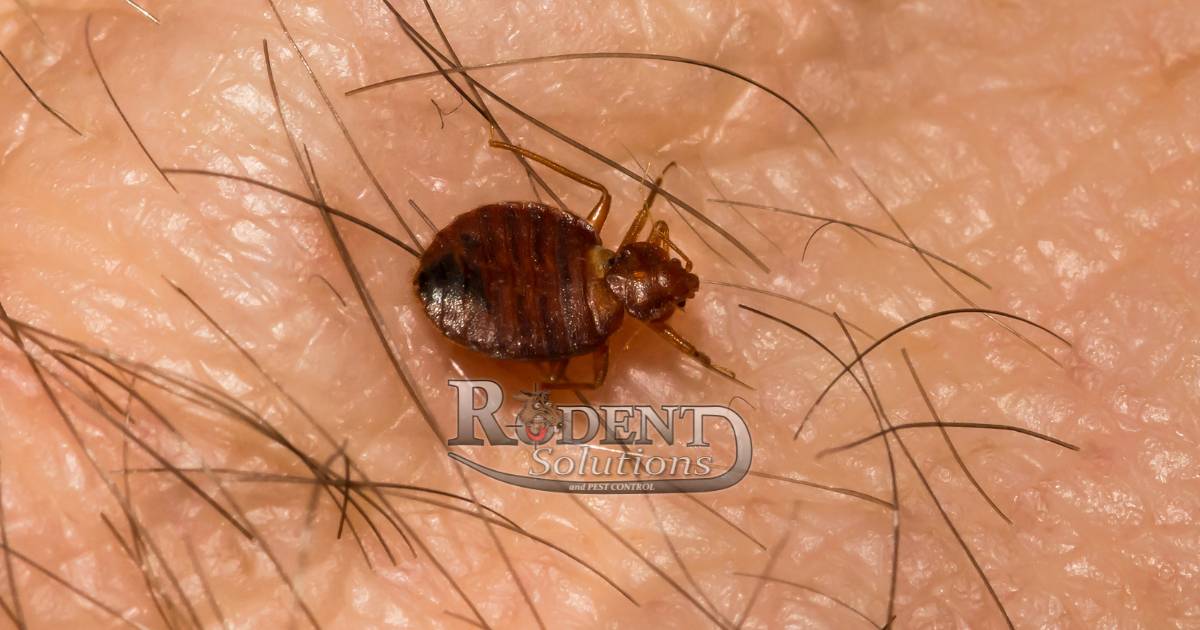Daddy longlegs, also known as harvestmen, are arachnids that belong to the order opiliones. In layman’s terms, they are insects and not true spiders. They are often confused with spiders due to their long, thin legs and round body, but they are not true spiders. In this comprehensive article, we will explore everything you need to know about daddy longlegs, from their physical characteristics to their behavior, habitat, myths, and pest control for them.

Physical Characteristics of Daddy Longlegs
Daddy longlegs has a unique appearance that sets them apart from other arachnids. They have a small, oval-shaped body and incredibly long, thin legs that can be up to 10 times the length of their body. Their legs are jointed, allowing them to move in all directions quickly. They are typically brown or gray, but their color can vary depending on their species and habitat. Unlike spiders, they do not have venom glands or fangs capable of injecting venom into their prey or humans. Instead of fangs, they have claws around their mouths (called chelicerae) for grasping prey. They also lack spinnerets, which spiders use to produce silk. Instead, they rely on their long legs to catch prey and defend themselves from predators.
Habitat and Distribution
They are found in almost every part of the world except for Antarctica. They inhabit many habitats, from forests and grasslands to caves and deserts. They prefer to live in damp, dark places, such as under rocks, logs, and leaves. Daddy longlegs in Lakewood Ranch, Sarasota, Bradenton, and Parrish areas of Florida is most commonly found under soffits, overhangs, and on the northernmost-facing side of homes. They also inhabit human-made structures, such as houses and sheds. They are considered a nuisance when they find their way inside houses because people generally fear anything that looks like a spider (arachnophobia). They are typically active at night and rarely seen during the day.
What Do Daddy Longlegs Eat?
Primarily scavengers, they feed on dead insects, small animals, and plant material. They use their long legs to capture and hold onto their prey while they consume it. They are not aggressive towards humans and are unlikely to bite unless they are provoked or threatened.
The Behavior of Daddy Longlegs
Daddy longlegs are social creatures and often gather in groups. They communicate with each other through a combination of touch, sound, and chemicals. They can drop one or more legs when threatened as a defense mechanism. The lost leg will eventually grow back, but it may take several molts before fully regenerating.
Daddy Longlegs Are Commonly Misidentified
Cellar Spiders are commonly misidentified as Daddy longlegs and vise-versa. They look very similar, and it can be hard to tell them apart. The traits below can help you distinguish between a Cellar Spider, a Daddy Longlegs, and a Daddy LongLegs.
-
- Cellar Spiders have 2 basic body segments (cephalothorax and abdomen), 8 legs, and 8 eyes. Harvestmen/”true” Daddy Long Legs have one body segment, 2 eyes, and eight legs.
-
- A big difference between Cellar Spiders and Daddy Longlegs is that Daddy Longlegs do not possess the typical spider abilities to spin webs nor do they produce silk.
-
- Cellar Spiders are a light yellowish to light brown or gray colored, while Harvestmen have a more reddish hue.
-
- The Cellar Spider’s most distinguishing traits are its very thin legs (1.75 to almost 2 inches long) that are much longer than its body (0.25 inches long).
-
- Cellar Spiders characteristically like to hang from their spun webs upside down in dark, secluded areas.
Myth About Daddy Longlegs Venom
The widespread myth is that they are the most venomous spiders in the world, but their fangs are too small to bite humans. However, this statement is entirely false. They do produce a type of venom, but it is not harmful to humans. The venom is a defense mechanism against predators and contains chemicals that can irritate the skin of animals that come into contact with it. Research has shown that they do not have fangs capable of injecting venom into humans. Even if they did, their venom is not potent enough to cause significant harm. There have been no reported cases of them causing harm to humans.
Daddy Longlegs Are Commonly Confused with the Cranefly
Many of our pest control customers confuse them with the cranefly. Personally, the cranefly, if anything, looks like a giant mosquito to me, so I’m not sure how this happens. Craneflies have wings almost as large as their long legs, which they use to fly.
Pest Control Solutions for Daddy Longlegs
Our pest control company has several products at our disposal which can be used to exterminate these insects. However, we recommend sweeping them gently outside and saving your fears for more dangerous pests such as venomous spiders and snakes, rats and mice, bats, and bed bugs.
A Summary of Daddy Longlegs
In conclusion, they are fascinating insects that are often misunderstood. They are not spiders and do not have venom glands or fangs capable of injecting venom into humans. They are primarily scavengers and are not aggressive toward humans. While they may look intimidating, they are entirely harmless and play an essential role in the ecosystem as decomposers.
If you encounter one, it’s best to leave it alone and avoid touching it. If you are bitten by an actual spider and experience symptoms such as swelling, pain, and redness, seek medical attention immediately. Spider bites can be dangerous, and it’s always better to be safe than sorry. If you would like help from our pest control company, our exterminators in Bradenton, Lakewood Ranch, Sarasota, and Parrish areas would be happy to help. We are a locally owned Google 5-Star Rated business and would love to be your pest control company pest control company of choice.

Pest/Wildlife Control 15 Years
Construction for 13 Years
Pest Control License JB299099
Wildlife License LW203605
Pest Management University: Founders and Masters
AAS Degree in Drafting Design with a Concentration in Building Construction
NWCOA Member (National Wildlife Control Operators Association)
NWCOA Rodent Standard Certified
NWCOA Bat Standard Certified
NCWOA Certified Urban Bird Management Operator
NWCOA Zoonotic Disease Standard Certified
Member of the National Pest Management Association (NPMA)
Bird Barrier Certified Installer
Bird-B-Gone Authorized Installer
OSHA 10 Training Completed for the Construction Industry
Aerial Lift Certified
Fall Protection Certified




